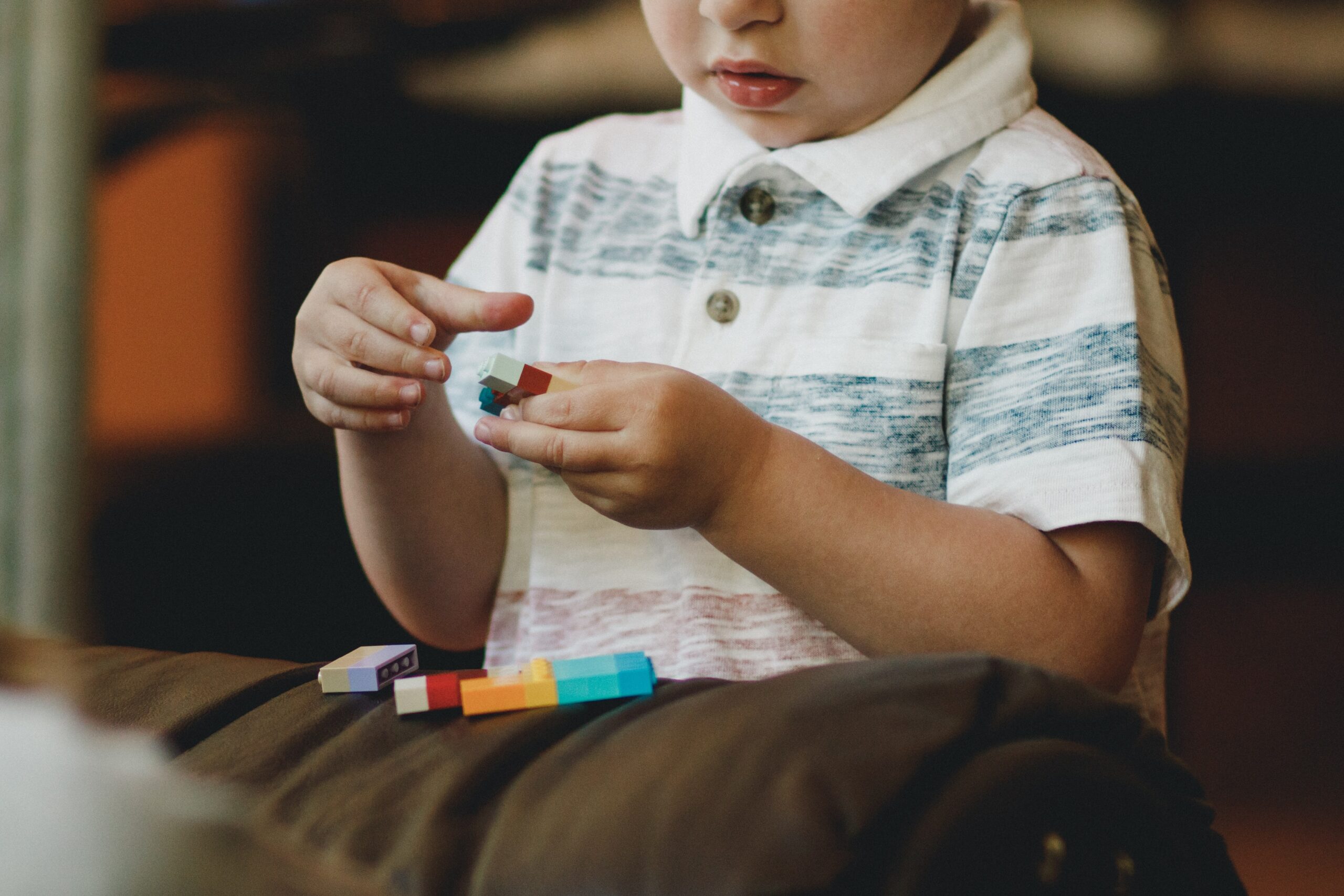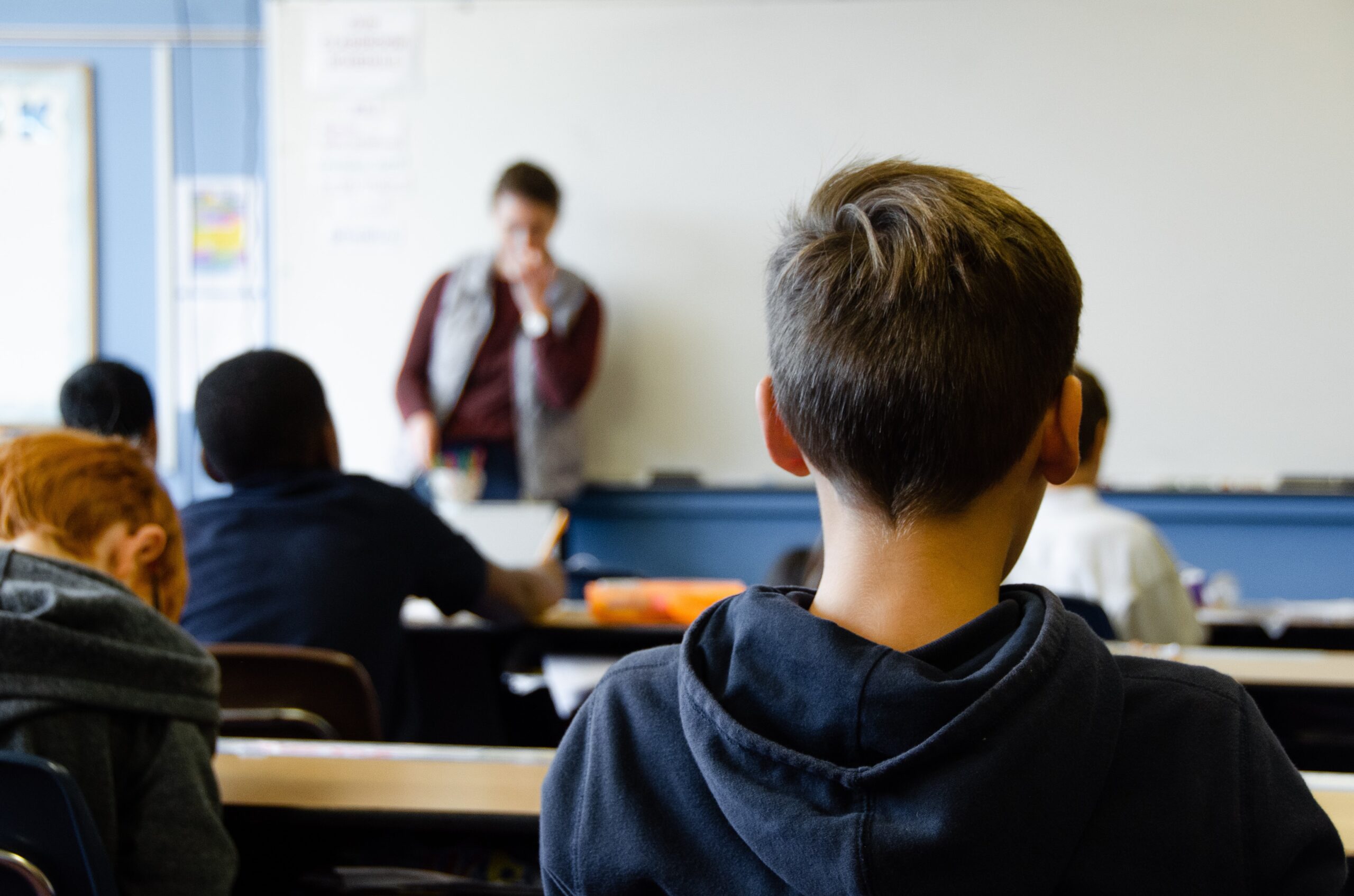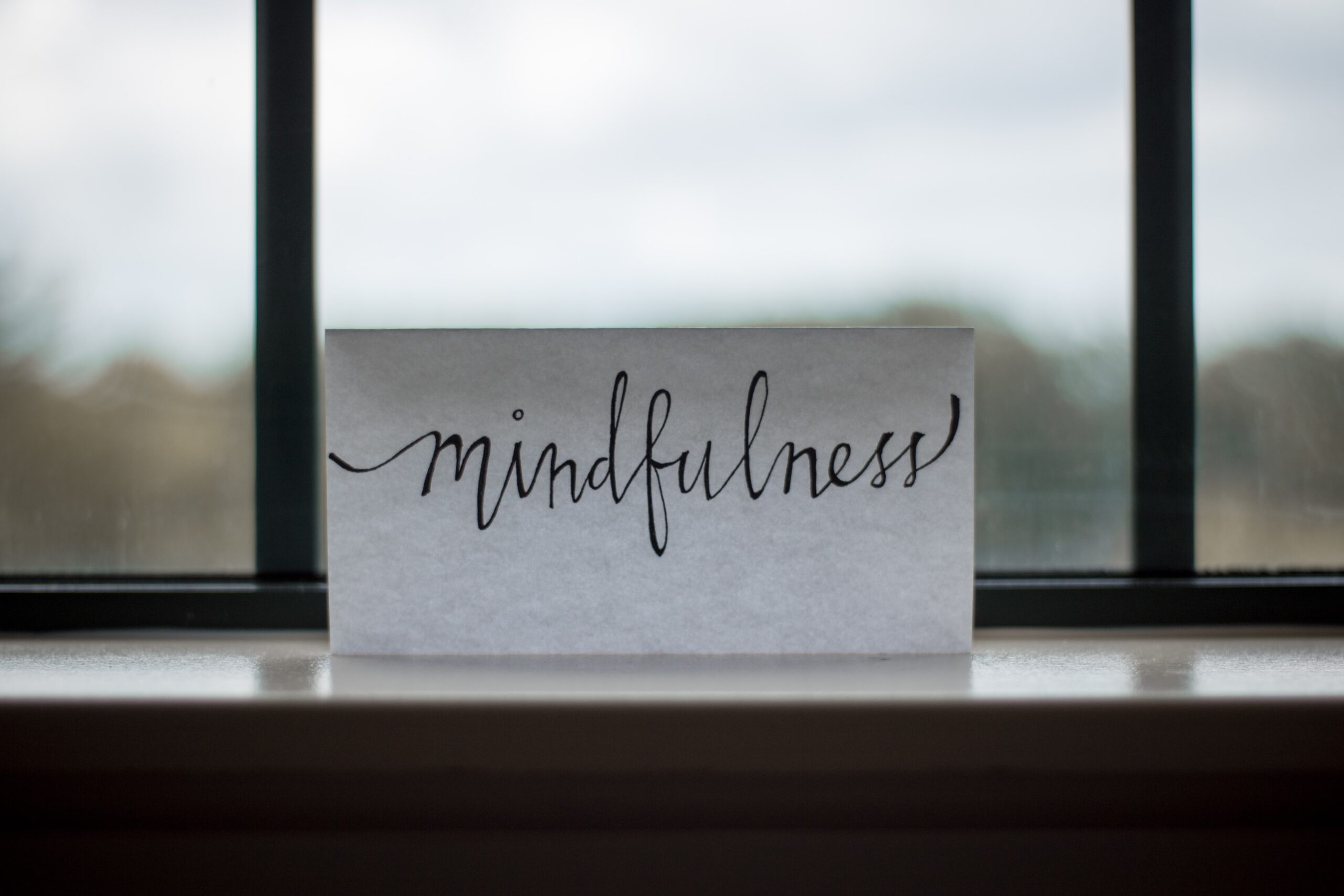Authors: Subodh Kumar, Sumeet Kour & Dr Nisar Ahmad Wani
Abstract
The purpose of this study was to find the relationship between self-esteem and perceived stress among government and private school teachers of Jammu. Data from 120 teachers working in Jammu (60 private school teachers and 60 government school teachers) using purposive sampling were collected. The self-esteem was assessed using Rosenberg Self Esteem Scale and Perceived Stress Scale (PSS) was used to assess the perceived stress. The data was analyzed using statistical software SPSS (version 20.0). The results of this study showed that the mean age of the teachers who participated in this study was 38.68 (SD=9.59) years with mean teaching experience of 11.28 (SD=6.97) years. The results also showed the private schools’ teachers had comparatively higher self-esteem and lower stress than government schools’ teachers. There was no significant difference in self-esteem and perceived stress of government and private schools’ teachers (p>0.05).There was a strong positive significant relationship between self-esteem and perceived stress among the teachers (r=0.288, p<0.01). But there was no significant relationship between self-esteem and age (r= -0.031, p>0.05), self-esteem and teaching experience (r= 0.024, p>0.05), perceived stress and age (r= 0.135, p>0.05), and perceived stress and teaching experience (r= 0.099, p>0.05).
Introduction
Teaching is being considered as one of the noblest professions since ancient times. With the changing socio-economic scenario and increasing unemployment, the values of teachers’ and their professional concern with the job have forcibly undergone a drastic change which adversely affects their mental health. The level of mental health of a teacher has been found affected with numerous personal as well as professional demands. Health of teachers, on social, physical and mental health domains adds to the efficiency not only to their professional growth and development but also to their personality. Moreover, they have also been considered as the constructors of the future of a country.
Indian Education Commission, 1966 stated ‘The destiny of the country is being shaped in its classrooms’, and the success of a school depends largely measure, on the quality of its teachers. When the teachers are effective, students learn (Ewan, 2002). Tsunesaburo Makiguchi, a teacher during World War II, said that the value creating society is in the hands of teachers. He started the pedagogy of Soka Kyoki Gakkai. In this VUCA world (Volatility, Uncertainty, Complexity and Ambiguity) teaching is turning into a stressful job, especially in Private school where values have turned into measurable outcomes more than quality.
Even now, Teachers holds the responsibility of setting up as role model of many students and also established the suitable and healthy classroom environment, this has been put to a serious challenge with the ongoing covid-19 crisis, as there is a sudden change in the delivery model and change in the contact process between teacher and students. Focusing on how it has impacted the lives of the teacher, this work has selected Teachers in the state of Delhi, where Private schools plays a significant role in the education system.
The ongoing online delivery is a major cause of increase in the stress level of the teachers. Moreover, in rural area many teachers undergo psychological distress due to online teaching. There is so much uncertainty and ambiguity in the environment that it leads to stress.
While some workplace stress is normal, excessive stress can interfere with the productivity and performance, impact the physical and emotional health, and affect the relationships and home. It can even determine success or failure in the job.
Stress is the psychological and physical state that results when the resources of the individual are not sufficient to cope with the demands and pressures of the situation. Thus, stress is more likely in some situations than others and in some individuals than others. Stress can undermine the achievement of goals, both for individuals and for organisations.
Some factors that cause increased stress at workplace include ‘workload (both excessive and insufficient work), lack of participation and control in the workplace, monotonous or unpleasant tasks, lack of recognition at work, inequity, poor interpersonal relationships, poor working conditions, poor leadership and communication and conflicting home and work demands (Maulik, 2018). It has been reported that work, money and family are the most common sources of stress, besides this there are other factors which may also cause stress such as: parenting, pregnancy, change, care giving and social isolation (Bhattacharyya & Basu, 2018).
Prospective teachers today are faced with everyday stressful events such as overexposure to the media (war, extreme weather, terrorism, illness and death), family related issues (divorce, single parent families, addictions, illness and death), and school (the ever-rising expectations, over scheduling, bullying, and peer pressure). As they are same age with other university students, they have the problems of adolescents such as their physical appearance, relationship problems and financial problems. We as a society need to begin to take a proactive approach to helping prospective teachers to deal with the everyday problems they are being faced with. Studies among college students suggest that higher stress level generally related to greater symptomatology, including anxiety, depression, lower levels of general well-being and low self-esteem.
Self-esteem is a psychological trait related to a person’s image of self-value and self confidence in total aspects of human activity (Rosenberg, 1965). Self-esteem is the panacea of modern life. It can be considered as an important one to normal psychological development and seen as the key to financial success, health, and personal fulfillment, and it is regarded as the antidote to underachievement, crime, and drug abuse (Branden, 1994; Mecca, Smelser & Vasconcellos, 1989). Self-esteem is a significant aspect of this profession. During Covid-19 most teachers of Private school undergoes lot of stress due to technology base teaching. Many who used to teach under old method are facing huge challenges, though they have high self-esteem. Studies all over the world have associated self-esteem with human health and psychological well-being. This effect may be interpreted through the scope of resources increase and active coping against life’s problems.
A favorable self-esteem is considered a fundamental aspect of personal well-being, happiness and adjustment (Brown,1993). Individuals with higher self-esteem are more satisfied with their lives, have fewer interpersonal problems, achieve at a higher and more consistent level, and are less susceptible to psychological problems (e.g., anxiety and depression) and physical illness (Brown, 1993) than those with lower self-esteem.
Low self-esteem individuals often find themselves inadequate in dealing with uncertain situations. For a low self esteem person, failure may mean a global inadequacy in them. Their perception of failure is different. Low self -esteem also has an important role in depression and stress.
Pereira et al. (2021) assessed the prevalence of, and the association between burnout, organizational self-efficacy and self-esteem, and to assess the predictive influence of burnout and organizational self-efficacy on self-esteem among Brazilian teachers during the COVID-19 pandemic. Brazilian teachers (n = 302) between 24 and 70 years old (Mage = 46.75, SD = 11.02) participated in this study. Measurement instruments included a questionnaire, the Burnout Assessment Tool, the Organizational Self efficacy Scale and the Rosenberg Self-Esteem Scale. The prevalence of burnout symptoms was 3.2%, the prevalence of low occupational self-efficacy was 21.5%, and the prevalence of low self-esteem was 2.7%. Significant correlations were found between all variables under study. Hierarchical linear regression analysis showed that overall levels of burnout explained 40% of the variance of self-esteem, while together with organizational self efficacy, it explained 55%. This study presents evidence of the impact of overall levels of burnout and self-efficacy on teachers’ self-esteem and also contributes to the body of knowledge under construction about the scenario perceived by teachers in Brazil during the COVID-19 pandemic.
Methodology
Objectives
- To study the self-esteem among private and government school teachers in Jammu.
- To study the perceived stress among private and government school teachers in Jammu.
- To study the relationship between self-esteem and stress among private and government school teachers in Jammu.
- To study the effect of age and teaching experience on self-esteem and stress of private and government school teachers in Jammu.
Tools
Self-esteem scale: The Rosenberg Self-Esteem Scale (SES; Rosenberg, 1989) is a 10item self-report measure that uses a 4-point scale ranging from strongly agree to strongly disagree. A 10-item scales that measures global self-worth by measuring both positive and negative feelings about the self. The scale is believed to be unidimensional.
All items are answered using a 4-point Likert scale format representing the maximum score possible.
High scores indicate high self-esteem, whereas low scores indicate low self-esteem. Cronbach’s alpha for various samples range between 77-.88 and test-retest correlations between .82-.88 (Rosenberg, 1989)
Stress Inventory: The Perceived Stress Scale (PSS) is one of the most widely disseminated methods of assessing psychological stress has been the Perceived Stress Scale (PSS; Cohen et al., 1983).
This self-report scale generates a global stress score that is based on general questions rather than focusing on specific experiences. is the most widely used psychological instrument for measuring the perception of stress. It is a measure of the degree to which situations in one’s life are appraised as stressful. Items were designed to tap how unpredictable, uncontrollable, and overloaded respondents find their lives.
The scale also includes a number of direct queries about current levels of experienced stress. PSS scores are obtained by reversing responses (e.g., 0 = 4, 1 = 3, 2 = 2, 3 = 1 & 4 = 0) to the four positively stated items (items 4, 5, 7, & 8) and then summing across all scale items. A short 4 item scale can be made from questions 2, 4, 5 and 10 of the PSS 10-item scale. [Full Text]







